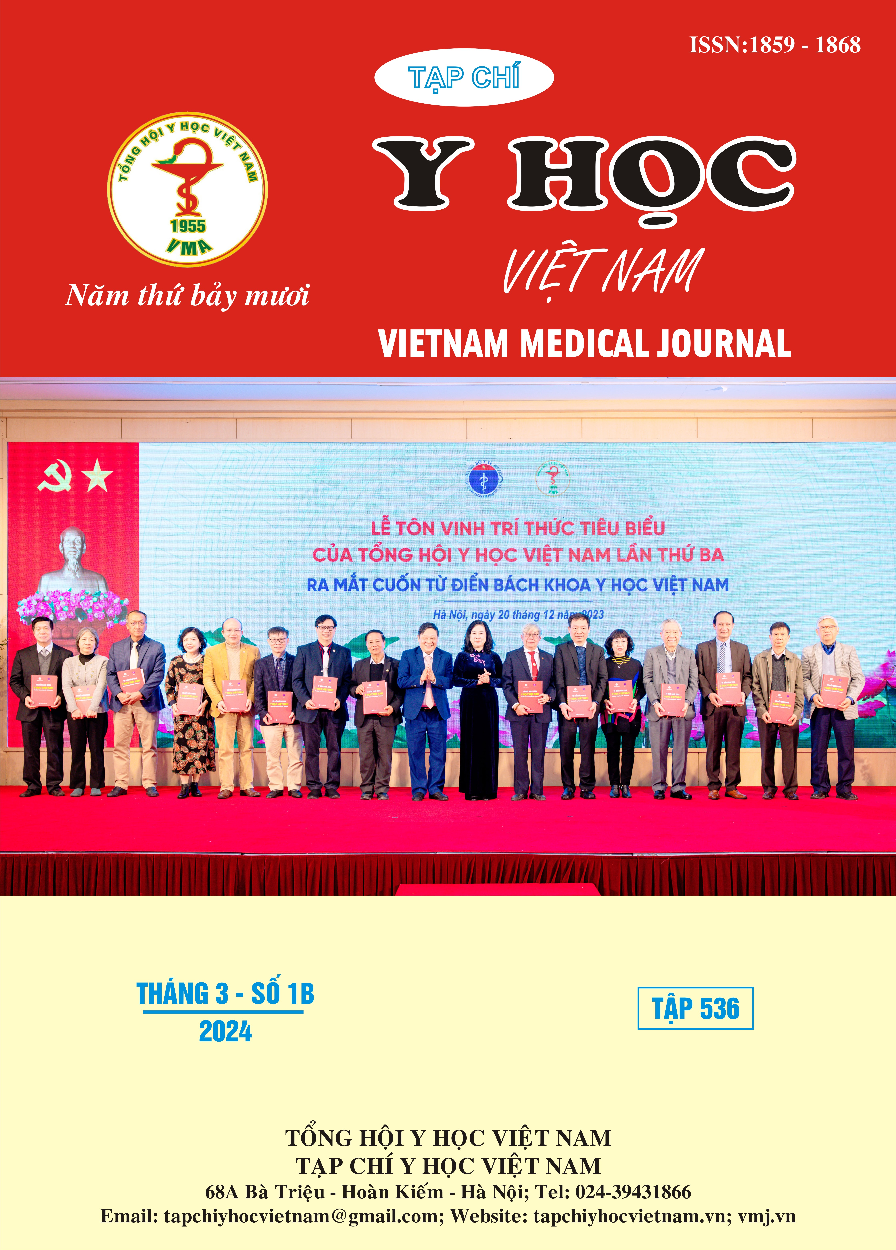BIOLOGICAL CHARACTERISTICS OF DERMATOPHYTES CAUSING TINEA CAPITIS
Main Article Content
Abstract
Objectives: Describe the biological characteristics of dermatophytes causing tinea capitis at National hospital of Dermatology and Venereology in 2021. Method: A descriptive cross-sectional study was conducted in 43 patients who were diagnosed with tinea capitis at the National hospital of Dermatology and Venereology from January 2021 to December 2021. Results: Five species of dermatophyte causing tinea capitis have been identified. T. tonsurans was the most common fungal isolate (51,1%), followed by M. canis (26,7%). The average growing time of Microsporum was shorter than that of Trichophyton, usually less than 6 days. T. schoenleinii had the longest growing time of 15 days. Common morphology of T. tonsurans: white, powdery colonies, reddish brown back surface, large spores shaped like clubs and cigars, thin cell walls, with 0-4 septa, small spores were spherical. Morphology of M. canis:nwrinkled colonies, white hairy surface, dark yellow inverted surface, large spores shaped like spindle, thick cell wall, with 5-15 septa, small spores shaped like clubs. Conclusions: T. tonsurans and M. canis were the two most common strains that cause tinea capitis. Colony characteristics were very diverse, it is essential to establish an early diagnosis and treatment to avoid the consequences of definitive alopecia.
Article Details
References
2. Bhat, Y.J., et al., Clinicoepidemiological and Mycological Study of Tinea Capitis in the Pediatric Population of Kashmir Valley: A Study from a Tertiary Care Centre. Indian Dermatol Online J, 2017. 8(2): p. 100-103.
3. Triviño-Duran, L., et al., Prevalence of tinea capitis and tinea pedis in Barcelona schoolchildren. The Pediatric infectious disease journal, 2005. 24(2): p. 137-141.
4. Pomeranz, A.J. and S.S. Sabnis, Tinea capitis: epidemiology, diagnosis and management strategies. Paediatr Drugs, 2002. 4(12): p. 779-83.


